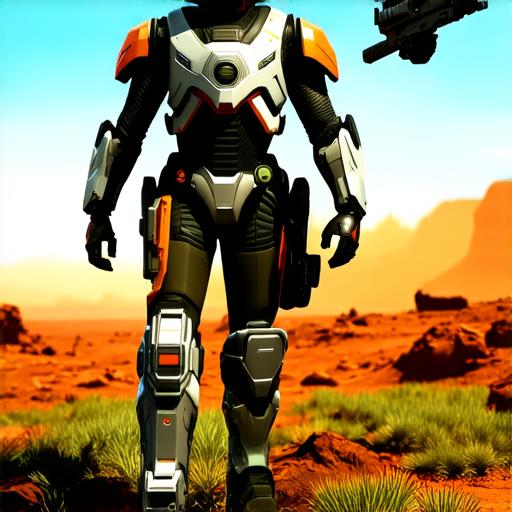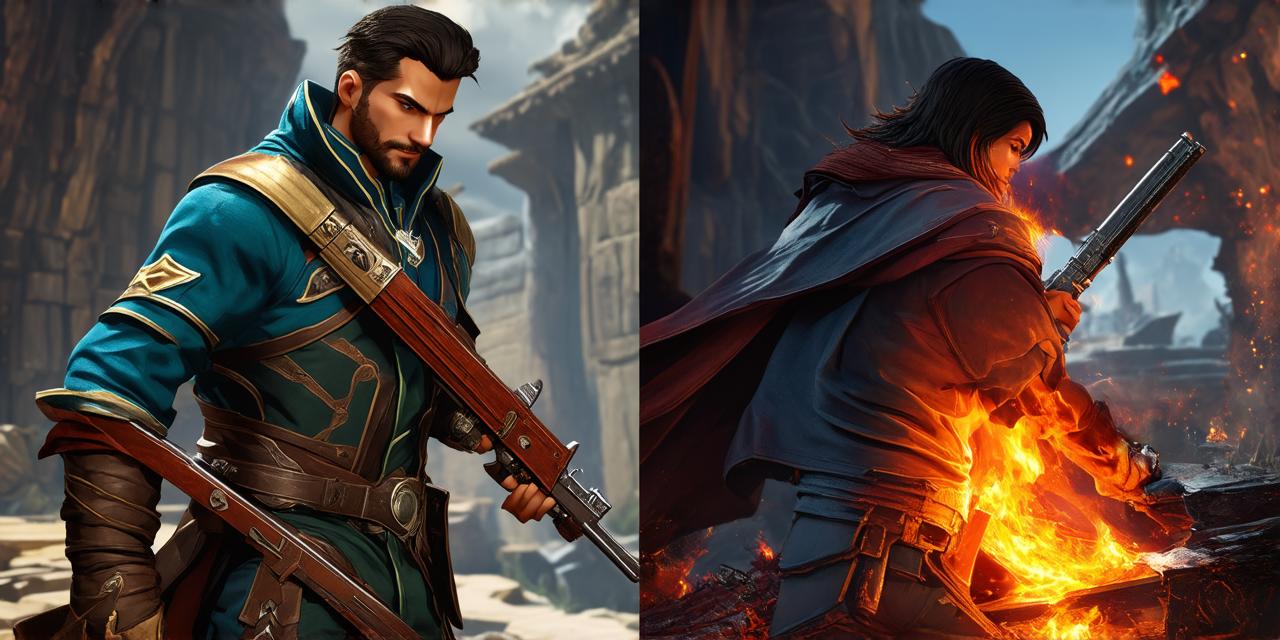1. Understand Your Audience
The first step in writing a plot for a video game is to understand your audience. Who are you creating this game for? What kind of storytelling experience do they enjoy? By answering these questions, you can begin to develop a sense of what will resonate with your players and what won’t.
For example, if you’re targeting a younger audience, you may want to focus on more action-packed, fast-paced stories with lots of twists and turns. On the other hand, if you’re targeting an older audience, you may want to explore more complex, thought-provoking themes and character arcs.
2. Identify Your Core Concept
Once you have a sense of your audience, it’s time to identify your core concept. What is the central idea or premise of your game? This will serve as the foundation for your plot, providing the framework for all the other elements that will come together to create a cohesive and engaging story.
Some examples of core concepts could include:
* A hero’s journey, where the player takes on the role of a protagonist who must overcome challenges and obstacles to achieve their goals.
* A dystopian future, where the player must fight against an oppressive regime or society in order to bring about change and hope.
* A mystery or puzzle-solving adventure, where the player must use their problem-solving skills to uncover the truth behind a mysterious event or series of events.
3. Develop Your Characters
Characters are at the heart of any good story, and video games are no exception. In order to create an engaging plot for your game, you’ll need to develop well-rounded and relatable characters that players will care about and want to follow on their journey.
When developing your characters, it’s important to consider things like:
- Their motivations and goals. What drives them forward? What obstacles do they face?
- Their personalities and quirks. What makes them unique and memorable?
- Their relationships with other characters in the game world. How do they interact with other characters, and what impact do they have on one another?

4. Create a Conflict
Conflict is what drives the story forward, providing the tension and suspense that keeps players engaged and invested in the outcome. In order to create a strong conflict for your video game, you’ll need to consider several key elements:
- The stakes. What is at risk if the conflict isn’t resolved? What are the consequences of victory or defeat?
- The obstacles. What challenges must the player overcome in order to achieve their goals and resolve the conflict?
- The allies and enemies. Who will help or hinder the player on their journey, and what motivations do they have?
5. Build Your World
A well-realized game world is essential to creating an immersive and engaging experience for players. In order to build a compelling game world, you’ll need to consider things like:
- The setting. What kind of world is this taking place in? Is it a fantasy realm, a post-apocalyptic wasteland, or something else entirely?
- The culture and society. What are the customs, beliefs, and values of the people who inhabit this world? How do they interact with one another?
- The history and lore. What has happened in this world before, and how has it shaped the current state of affairs?
6. Write Your Dialogue
Dialogue is an essential element of any good story, and video games are no exception. In order to write effective dialogue for your game, you’ll need to consider things like:
- The tone. What kind of tone do you want the dialogue to have? Humorous, serious, or something in between?
- The pacing. How fast should the dialogue move, and how much should be spoken at any given moment?
- The subtext. What underlying emotions or motivations are being conveyed through the dialogue, and how can you use that to add depth and complexity to the story?
7. Edit and Revise
Once you’ve written your plot for your video game, it’s time to start editing and revising. This is an essential part of the process, as even the best ideas can be improved through careful consideration and refinement. Some tips for effective editing and revision include:
- Seeking feedback from others.
